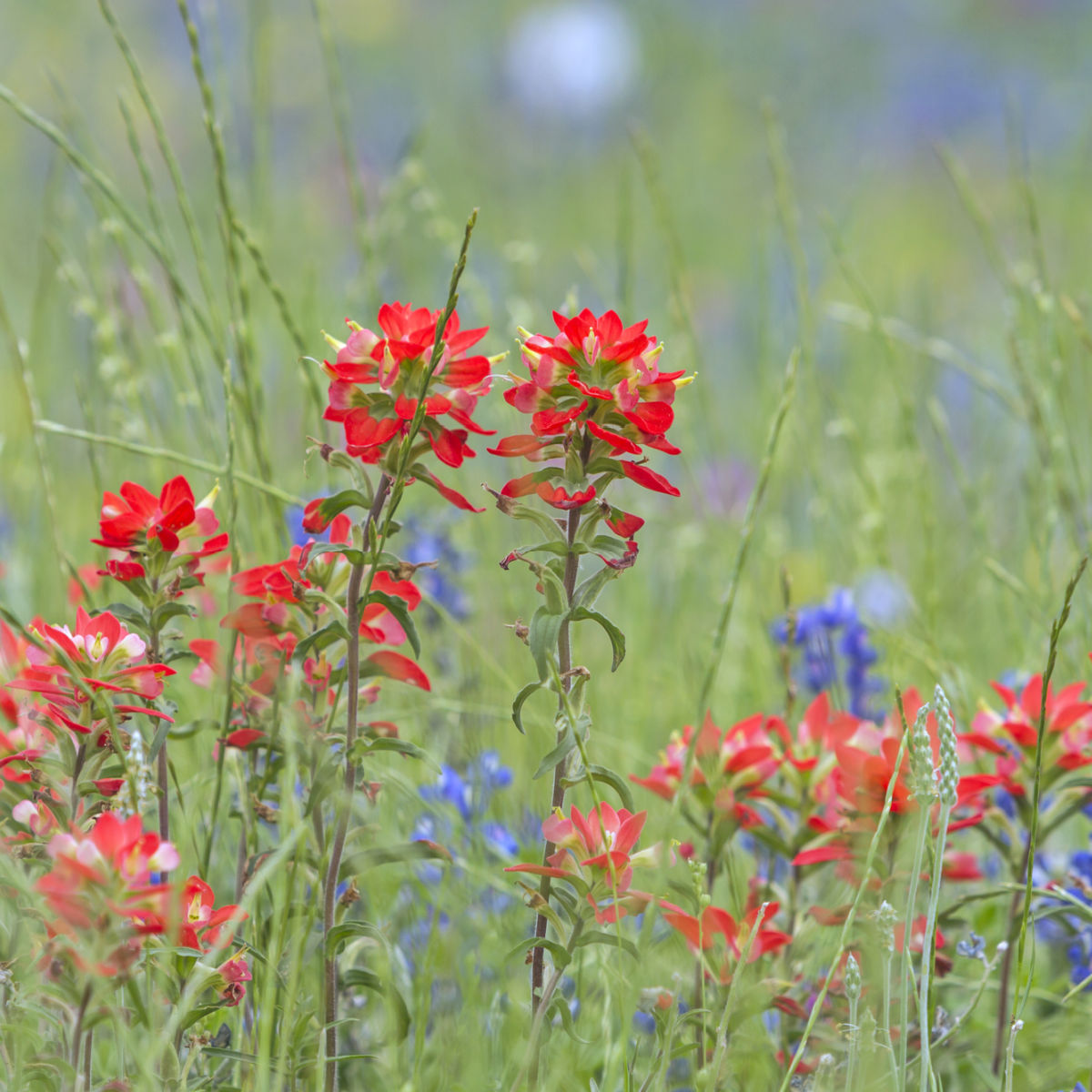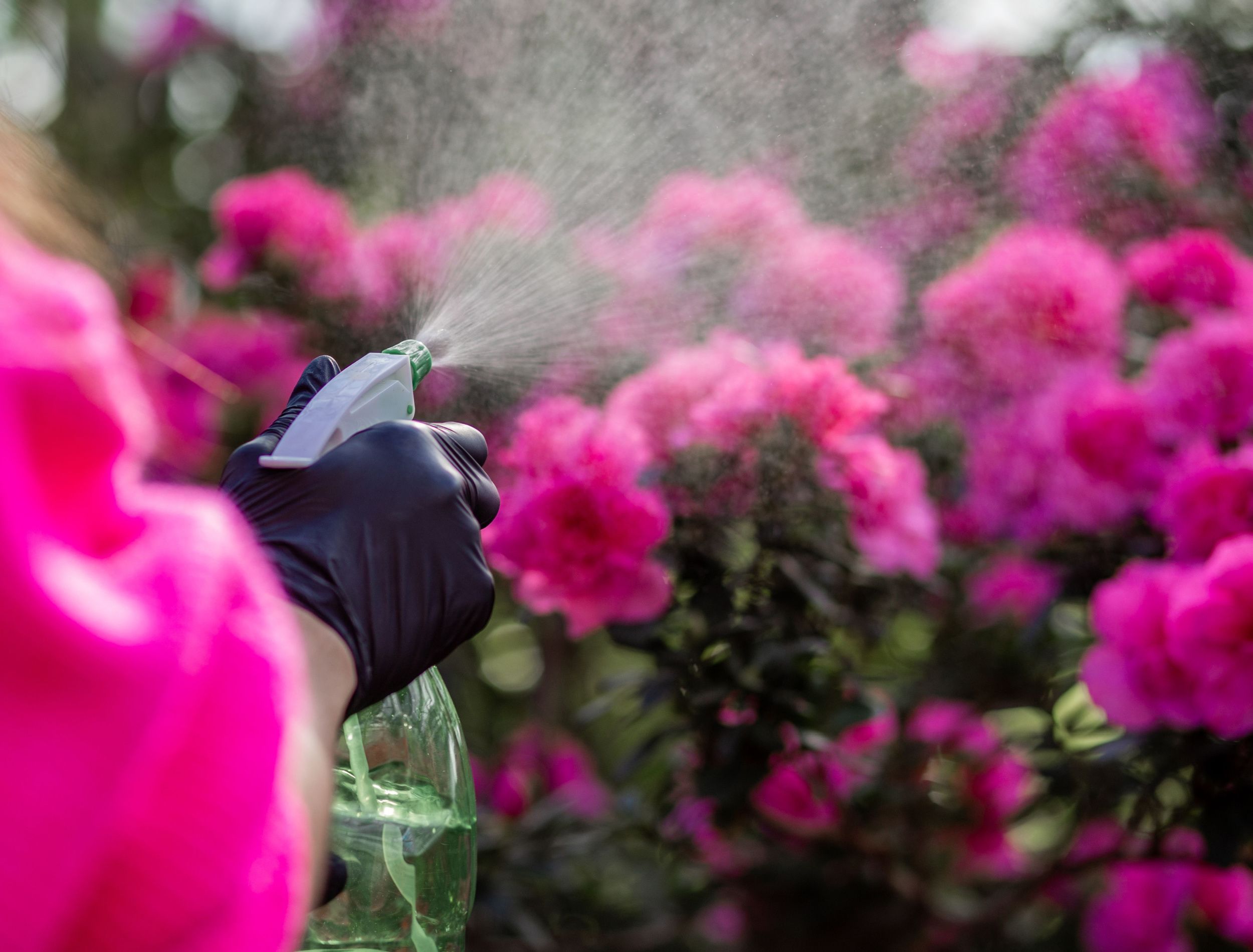Discover the Particular Plants That Are Detrimentally Affected by Epsom Salt Application
Epsom salt, a popular home solution for different horticulture distress, is typically praised for its helpful impacts on plant growth. However, not all plants react favorably to its application. Understanding the certain plants that can be negatively influenced by Epsom salt is important for any type of garden enthusiast wanting to optimize their plant treatment regimen. Roses, tomatoes, rhododendrons, azaleas, and peppers are simply a few instances of plants that might not respond well to Epsom salt. The reasons behind these damaging results and exactly how to reduce them are essential understanding for preserving a prospering yard.
Roses

Roses, particularly conscious changes in their setting, can be negatively influenced by the application of Epsom salt. While Epsom salt is frequently utilized as a plant food to promote plant development and enhance flowering, roses are one of the plants that do not react well to its application. The high magnesium content in Epsom salt can hinder the uptake of various other essential nutrients by the rose plants, causing shortages that show up as yellowing fallen leaves or stunted development.

Tomatoes
Tomatoes, known for their versatility in culinary applications, can show negative effects when subjected to Epsom salt because of their details nutrient demands. While Epsom salt is usually touted as a solution for different plant issues, consisting of bloom end rot in tomatoes, its application can bring about harmful outcomes otherwise used judiciously. Tomatoes are hefty feeders that need a balanced consumption of nutrients, specifically calcium, to prosper. Extreme Epsom salt, which is magnesium sulfate, can disrupt the delicate nutrient balance needed by tomatoes, potentially bring about shortages in various other essential nutrients like calcium. This imbalance might materialize in signs and symptoms such as stunted development, yellowing leaves, and even decreased fruit manufacturing in tomatoes. Therefore, when taking into consideration making use of Epsom salt on tomatoes, it is essential to adhere to advised application rates and dirt screening to stop unintentional repercussions on the general health and performance of these precious yard plants.
Peppers
Peppers, prized for their numerous shades and levels of spiciness, can demonstrate susceptibility to negative effects from Epsom salt when not applied with treatment and factor to consider for their details nutritional needs. what plants don't like epsom salt. Peppers, belonging to the Solanaceae household, require a delicate balance of nutrients to flourish. While Epsom salt is known to increase magnesium levels in plants, extreme application can interrupt this stability, resulting in adverse results on pepper plants
When peppers are exposed to high levels of magnesium from Epsom salt, it can interfere with the plant's capability to absorb other necessary nutrients like calcium and potassium. This discrepancy might manifest in signs and symptoms such as leaf discoloration, stunted development, and decreased fruit production. In addition, the extreme magnesium can change the soil pH, further worsening nutrient uptake concerns for peppers.

Rhododendrons
Provided the sensitivity of specific plant types to inequalities triggered by Epsom salt, it is vital to take into consideration the influence on Rhododendrons, which also call for specific nutrient levels to flourish. Rhododendrons are acid-loving plants that favor visit here acidic soil conditions with a pH array between 4.5 and 6.0. Epsom salt, chemically referred to as magnesium sulfate, can modify the soil pH and disrupt the delicate equilibrium of nutrients important for Rhododendron health.

To preserve the ideal growth and health and wellness of Rhododendrons, it is critical to stay clear of the indiscriminate use of Epsom salt his comment is here and rather concentrate on offering the certain acidic soil problems and nutrients that these plants require for prospering.
Azaleas
Azaleas, understood for their lively blooms and wide variety of colors, are ornamental hedges that belong to the Rhododendron genus. These prominent blooming plants are commonly discovered in gardens, parks, and landscapes due to their appeal and flexibility. Azaleas are sensitive to changes in dirt pH levels, which can significantly influence their growth and general wellness. While Epsom salt is commonly used as a solution for magnesium shortage in plants, its application to azaleas can have damaging results.
When Epsom salt is related to azaleas, it can change the dirt pH, making it more acidic. Azaleas like a little acidic dirt conditions, and an extra of magnesium from Epsom salt can disrupt this balance, resulting in nutrient discrepancies and prospective poisoning concerns. The incorrect application of Epsom salt can cause stunted growth, yellowing of fallen leaves, and general decrease in the wellness of azaleas. As a result, it is crucial to be mindful when taking into consideration making use of Epsom salt on azaleas to prevent any adverse effects on these delicate decorative bushes.
Verdict
To conclude, it is necessary to be aware of the specific plants that can be adversely influenced by the application of Epsom salt. Roses, tomatoes, rhododendrons, peppers, and azaleas are some examples of plants that may not take advantage of Epsom salt and could even suffer injury. It is essential to research study and comprehend the requirements of each plant varieties prior to using Epsom salt as a plant food to guarantee their health and wellness and health.
Recognizing the details plants that can be adversely affected by Epsom salt is important for any gardener looking to maximize their plant care routine. While Epsom salt is frequently utilized as a fertilizer to promote plant growth and improve flowering, roses are one of the plants that do not respond well to its application.Excessive usage of Epsom salt can likewise result in an accumulation of salts in the soil, leading to root damage and dehydration of the rose plants. While Epsom salt is recognized to enhance magnesium levels in plants, extreme application can disrupt this equilibrium, leading to unfavorable effects on pepper plants.
The high salt content in Epsom salt can additionally dehydrate Rhododendron origins, causing further stress and damage to the plant. (what plants don't like epsom salt)